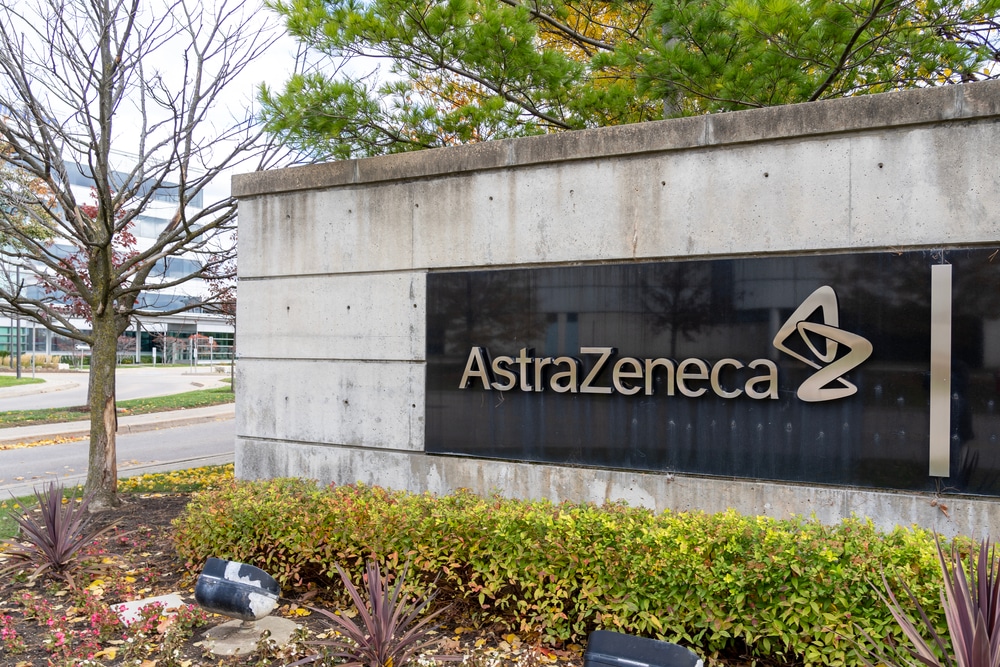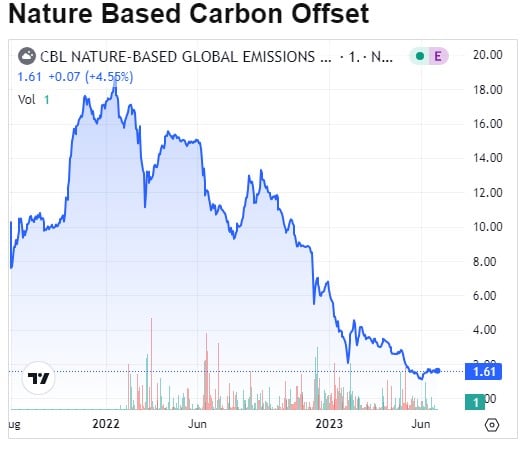AstraZeneca, a global pharmaceutical leader, has launched a significant environmental sustainability initiative, AZ Forest. This ambitious project aims to plant and maintain 200 million trees worldwide by 2030, a commitment backed by a robust investment of $400 million.
This initiative is a part of AstraZeneca’s science-based net zero strategy, “Ambition Zero Carbon,” which employs advanced technologies for long-term monitoring of tree health, soil and water quality, biodiversity, and carbon sequestration.
The AZ Forest initiative is a testament to AstraZeneca’s commitment to environmental sustainability. By planting and maintaining 200 million trees, the company is taking a proactive step towards mitigating climate change and promoting biodiversity.
This initiative also underscores the company’s belief in the power of partnerships, as it involves collaboration with experts and local communities across the globe.
AstraZeneca’s Carbon Reduction Goals
AstraZeneca is committed to reducing its greenhouse gas emissions by 98% from its global operations and fleet by 2026. This target is a clear demonstration of the company’s commitment to environmental sustainability and its recognition of the role businesses must play in combating climate change.
Moreover, AstraZeneca aims to halve its entire value chain footprint by 2030. This includes emissions from all its activities, from the sourcing of raw materials to the distribution and use of its products.
The company’s ultimate goal is to achieve science-based net zero by 2045 at the latest, a target that aligns with global efforts to limit global warming to 1.5 degrees Celsius above pre-industrial levels.
How Much Carbon Does a Tree Sequester?
According to One Tree Planted, an average tree can absorb approximately 10 kilograms, or 22 pounds, of carbon dioxide per year for the first 20 years.
Factors such as tree species, location, growing conditions, soil nutrients, local climate, water availability, and sunlight significantly influence this absorption rate.
By using the conservative estimate of 10kg per tree per year, those 200,000,000 trees can potentially sequester 2 million tonnes per year.
This could go towards their own carbon insetting initiatives or they could potentially generate carbon credit, which could potentially yield substantial financial returns.
But that all depends on the price of carbon, the last year the price of nature-based credits went from around $18 a credit and is hovering just over $1.
If the price of carbon goes back up then these 2 million credits could hold considerable financial value.
Carbon Credits: A Lucrative Potential
Carbon credits are a key element of international carbon trading schemes, offering a way to offset greenhouse gas emissions. One carbon credit equates to the removal of one tonne of carbon dioxide from the atmosphere.
Given the potential of AstraZeneca’s 200 million trees to generate 2 million carbon credits per year, the financial value could be substantial, especially with the expected surge in demand for carbon credits.
The market for carbon credits is dynamic and influenced by a variety of factors, including regulatory policies, technological advancements, and market demand and supply dynamics.
As more countries and corporations commit to reducing their carbon emissions, the demand for carbon credits is expected to increase, potentially leading to higher prices and greater financial returns for carbon credit holders.
Beyond Carbon Credits: Ecosystem Services and Reputation
In addition to carbon credits, AstraZeneca’s reforestation initiative could yield other ecosystem services, such as water purification, soil conservation, and biodiversity preservation. These services have indirect economic benefits.
For example, healthy forests can regulate water flow, reducing the risk of floods and droughts. They can also provide habitat for a wide variety of species, supporting biodiversity and contributing to ecosystem resilience.
Furthermore, the initiative could enhance AstraZeneca’s reputation as a sustainable and responsible company. In today’s world, where consumers, investors, and other stakeholders are increasingly conscious of environmental issues, companies that demonstrate a commitment to sustainability can gain a competitive advantage.
AstraZeneca’s reforestation initiative represents a significant commitment to environmental sustainability and a strategic investment in carbon credits. It showcases the potential for corporations to contribute to climate action while also creating financial value.
Setting a Precedent for Corporate Environmental Responsibility
AstraZeneca’s reforestation initiative sets a precedent for other corporations to follow, demonstrating that environmental responsibility and business strategy can be mutually reinforcing.
By investing in reforestation and carbon credits, AstraZeneca is showing that it is possible to contribute to climate action while also creating financial value. This sends a powerful message to other corporations, encouraging them to also take steps towards environmental sustainability.
In conclusion, AstraZeneca’s AZ Forest initiative is a significant step toward environmental sustainability. By planting 200 million trees, the company is not only helping to combat climate change but also creating potential financial value through carbon credits.
This initiative serves as a model for other corporations, demonstrating that it is possible to contribute to climate action while also achieving business objectives.


